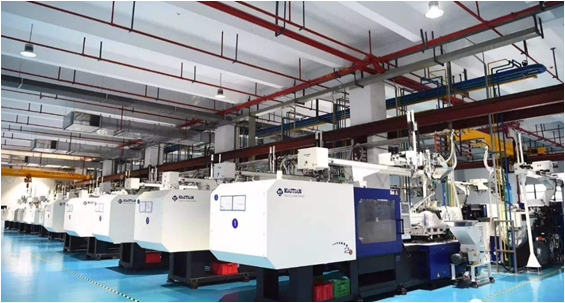
Release time:2019-12-17
Injection molding is the molding method of injection mold. The advantages of injection molding are fast production speed, high efficiency, automatic operation, various colors, sizes from large to small, convenient size replacement and complex shape. Parts and injection molding are often used in the mass production of complex shapes.

Injection molding is a highly skilled and practical industry in operation. In the process of injection molding, plastic raw materials, carbon powder, nozzles, moulds, injection molding machines, peripherals, fixtures, sprayers, various auxiliary materials and packaging materials are used. These have brought great achievements to the management of injection workshop. Compared with other industries or departments, there are certain difficulties, and the requirements of injection workshop managers at all levels are higher.
The shape and structure of plastic products and the type of injection molding machine, the structure of the mold may be different, but the basic structure is the same. The mould is mainly composed of pouring system, temperature control system, moulded parts and structural parts. The pouring system and molded parts are in direct contact with the plastic and change with the plastic and the product. They are more complex and changeable parts in the mold, which need high precision parts.
Injection molding production requires 24 hours of continuous operation, which is usually a two-stage or three-stage mode of operation. There are many kinds of work and division of labor in the injection molding workshop, which have different skill requirements for different posts. In order to make the production and operation of the injection workshop go smoothly, it is necessary to manage the personnel, materials, equipment and tools involved in each link, mainly including the operation and coordination management of raw material room, waste room, batching room, production site, post-processing area, tool room, semi-finished product area, office and other fields.
What should be considered in injection molding design?
1. Size: not only to meet the use and installation requirements, but also to consider the processing and manufacturing of the mold, equipment performance and the flow of raw materials.
2. Precision: strictly control the factors that affect the precision of injection molding parts, including the manufacturing precision of mold, plastic composition and process conditions.
The surface roughness of injection molded parts is determined by the surface roughness of the mold, so the surface roughness of the mold is one level lower than that of the products, and the requirements are met by grinding and polishing. In order to facilitate the demoulding, it is necessary to design the inner and outer surfaces parallel to the demoulding direction with enough demoulding inclination.

